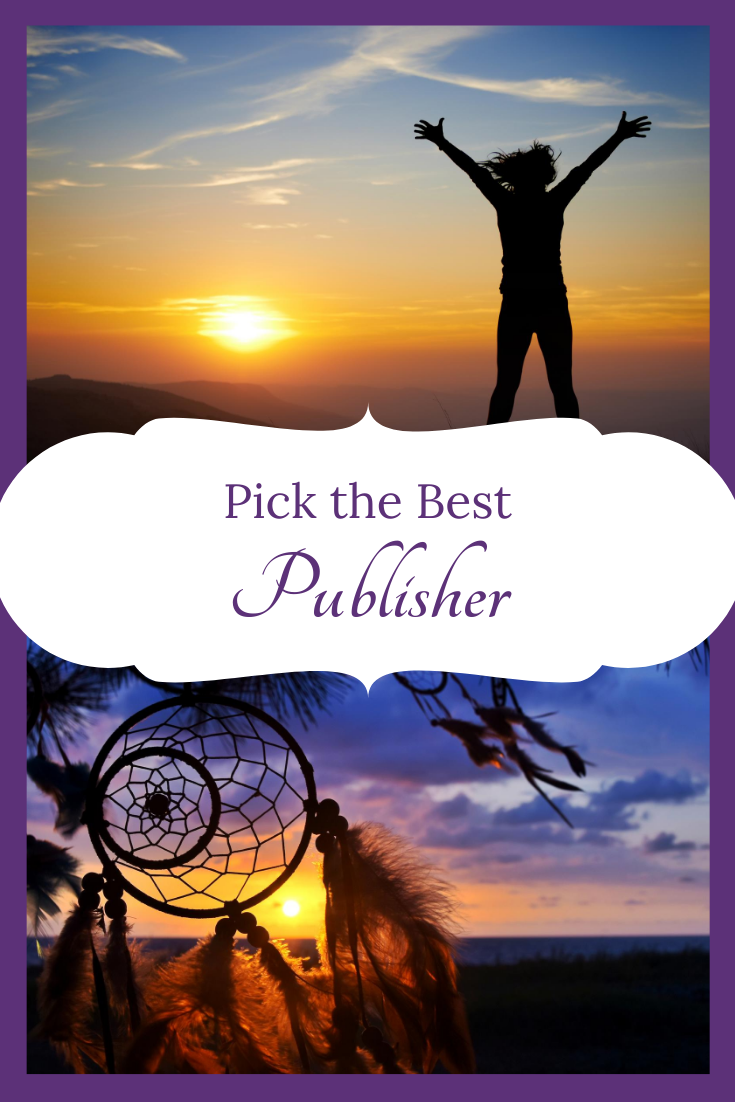3 Keys to a great cover
- Lindsey Teske

- Aug 7, 2019
- 3 min read
Talking with other self-published authors there seems to be a big gap between what kind of book covers the author thinks are pretty and what kind of book covers actually attract readers.
Let's be clear. Your book cover shouldn't be an inside joke. If someone needs to read your book to understand the cover you have already lost.
The cover isn't for people who have read the book, know you and know that scene. The cover is for people who don't know what your book is about. The purpose of the cover is to get the attention of your ideal reader.
Your cover is an advertisement. Designing your cover like an advertisement has one of the best things you can do to improve sales of your book.
Would you like 3 concrete ways to pick a better cover?
1. Faces: I know chopped off heads are a thing on romance covers right away, but it isn't the best strategy. People notice eyes. Putting a face on your book cover is a great tactic. Right away your reader knows a lot about your book.
If you don't find the right face, putting a person or the very least a human element is important for fiction books. (An human element is anything that says someone was here, like a hat, a footprint, a chair.) I like reading books where the main character is a woman. So if the main character is a child I am less likely to pick it up. But there are lots of people who like reading books about children. And you want to attract the readers who are going to like your book.
In nonfiction, the book is often not about people. So for Mike's book about real estate investing we used a house and a big ole pile of money. Original? Nope. Before that he had a cutesy cover that looked like a leather-bound Bible. It confused the hell out of people. Because the cover was an unintentional inside joke.
2. Colors: The other thing people respond to are colors. Try to include emotional colors in your book. Red and blue are normally good choices. There are some publishers that completely avoid yellow but it can work for non-fiction books in some cultures. In America, bright yellow is connected with happiness, in Asia that emotion is assigned to red. Look at what colors are being used in your subgenre. Jewel tones might work for YA fantasy, but not for urban fantasy.
3. Ask your readers. Kilby Blades encourages doing simple marketing testing on covers. Take the covers you are waffling on, create a Facebook ad set and see which ones people click on the most. You can get useful data for less than $20. This is a great idea, especially since many purchase decisions will be made on phones. Your cover needs to be attractive and understandable in thumbnail size.
By the way your target audience should be people who already say they like authors and books in your genre. You can expand to lukewarm audiences when you actually market your book, but for now just get the known fans to click through and sign up for your newsletter.
In my opinion, if you can't afford a high-end custom cover the next best option is to look at premade covers. Premade covers are visually striking and meet genre expectations. This is exactly what starting authors need. As you publish more books you do want to begin creating a brand and making sure your books look like a cohesive whole instead of just random covers, but for your first book there really is no downside to a premade cover.
Don't try to make your cover a work of art. The cover should look similar to best-selling books in your genre. There should be no guesswork or subtlety for indie authors. If you are a big name you can have weird covers and people will still buy your books. (Amanda Quick's most recent releases had this weird pastel pattern. But she's my favorite author so I forgave her and read it anyway.)
Do you have preferences for covers as a reader or an author? I love to hear them! Email me or chat on Instagram or Facebook.
By the way, Kilby Blades gave a great talk at RWA2019. I went out and bought her book, "The Book Marketing Audit" and really enjoyed it. If you are looking for a place to start with your book marketing plan, it is a nice quick read with concrete suggestions for authors at different points in their career.













Comments